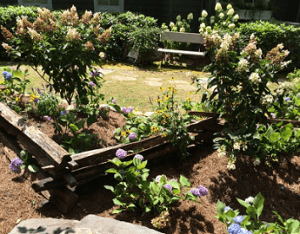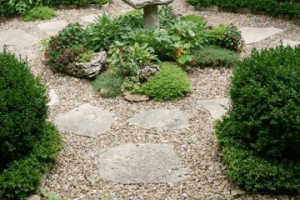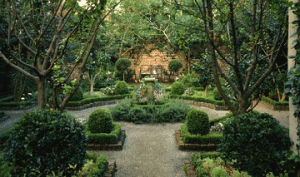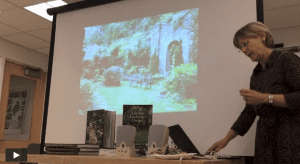
You put too much time and passion into your garden to allow winter to destroy your efforts. Your delicate shrubs and plants cannot withstand cold temperatures without suffering damage, so they need protection. With weather becoming increasingly difficult to predict, prepping your landscape for winter will ensure that come spring, your garden will thrive anew. We have put together some great tips to help you get started.
Protective Fencing
While protective fencing is often used to protect plants along the edges of your property from salt or other melting products, it will also protect your gardens from animal activity in warmer climes.
Frost Protection
Frost can hit us at any time during the winter season, so it is essential to have frost protection fabric for your sensitive plants. If your daytime temperatures are warm, it is best to cover your plants at night when frost is expected and remove the coverings during the heat of the day.
Insulate with Mulch
To keep the soil temperature near the roots of your plants moderated, apply a two-inch layer of mulch at the base of your plants and trees. Mulch will also aid in water retention in dry winters and help prevent soil erosion in the event of a spring runoff.
Compost Protection
Some perennials that are limited in hardiness, such as roses, require compost to be mounded up to the crown to protect them in winter. Whenever possible you should use pulverized topsoil as it is less likely to cause root rot in the event of a warm, wet winter.
Pruning Tip
If you plan to prune any plants, wait until winter is almost over. By pruning later in the dormant season, the fresh wounds will not be exposed very long before new growth begins.
Prepping your landscape for winter does not have to mean an end to inspiration for your landscaping and garden wishes. Dargan Landscape Architects would be happy to meet with you to design your ideal outdoor space. View some of our project photos and contact us to learn more.


